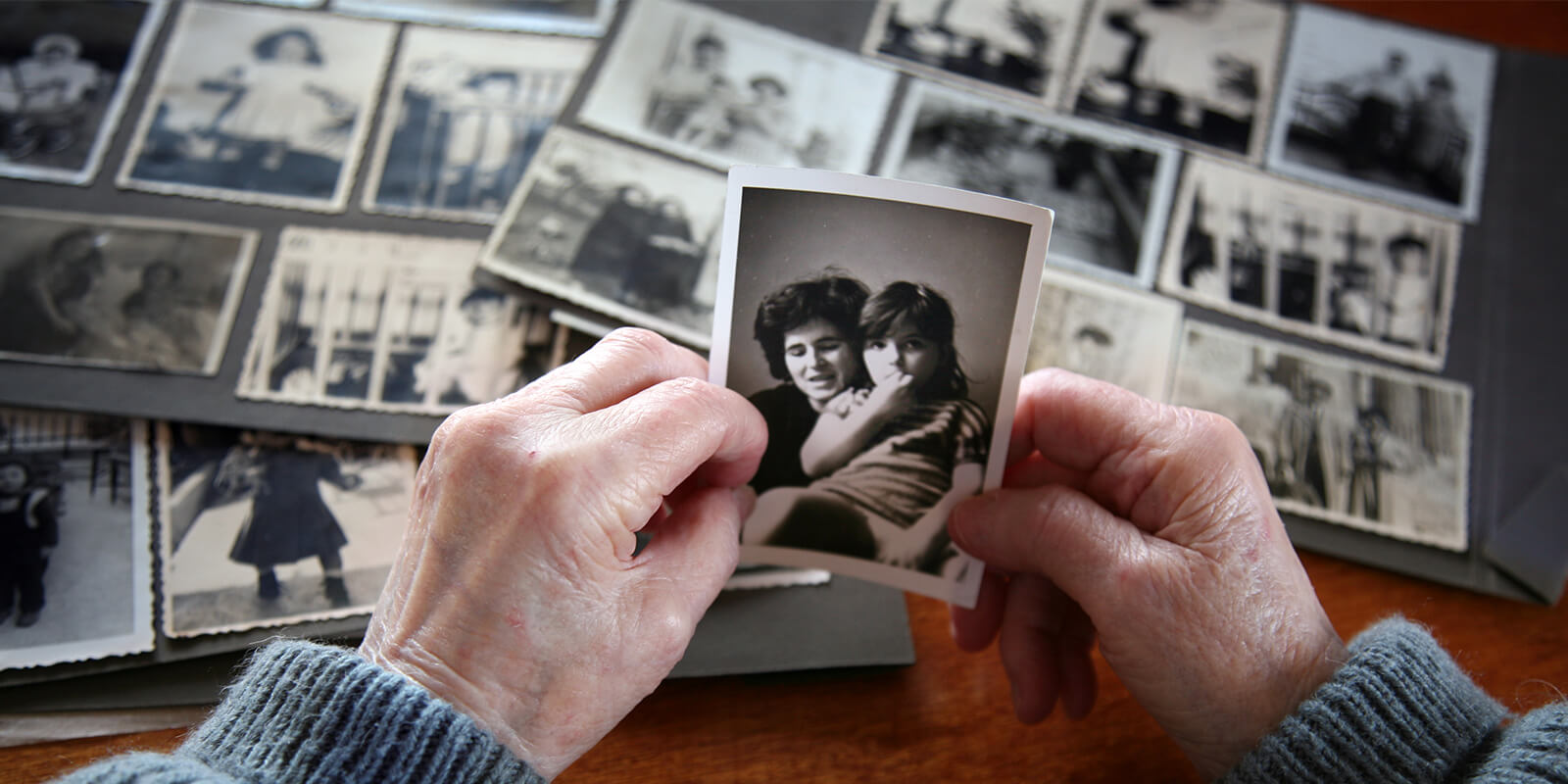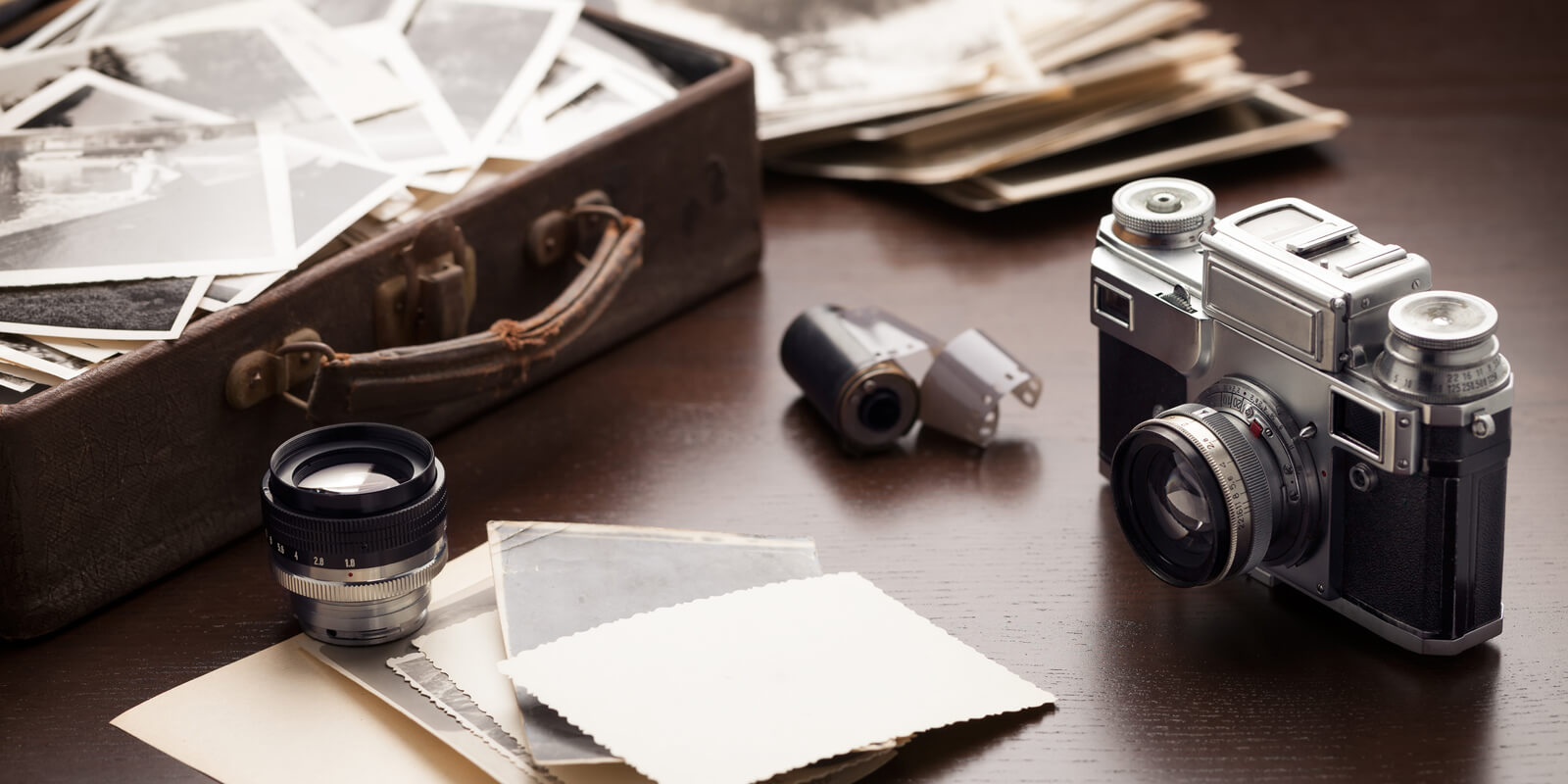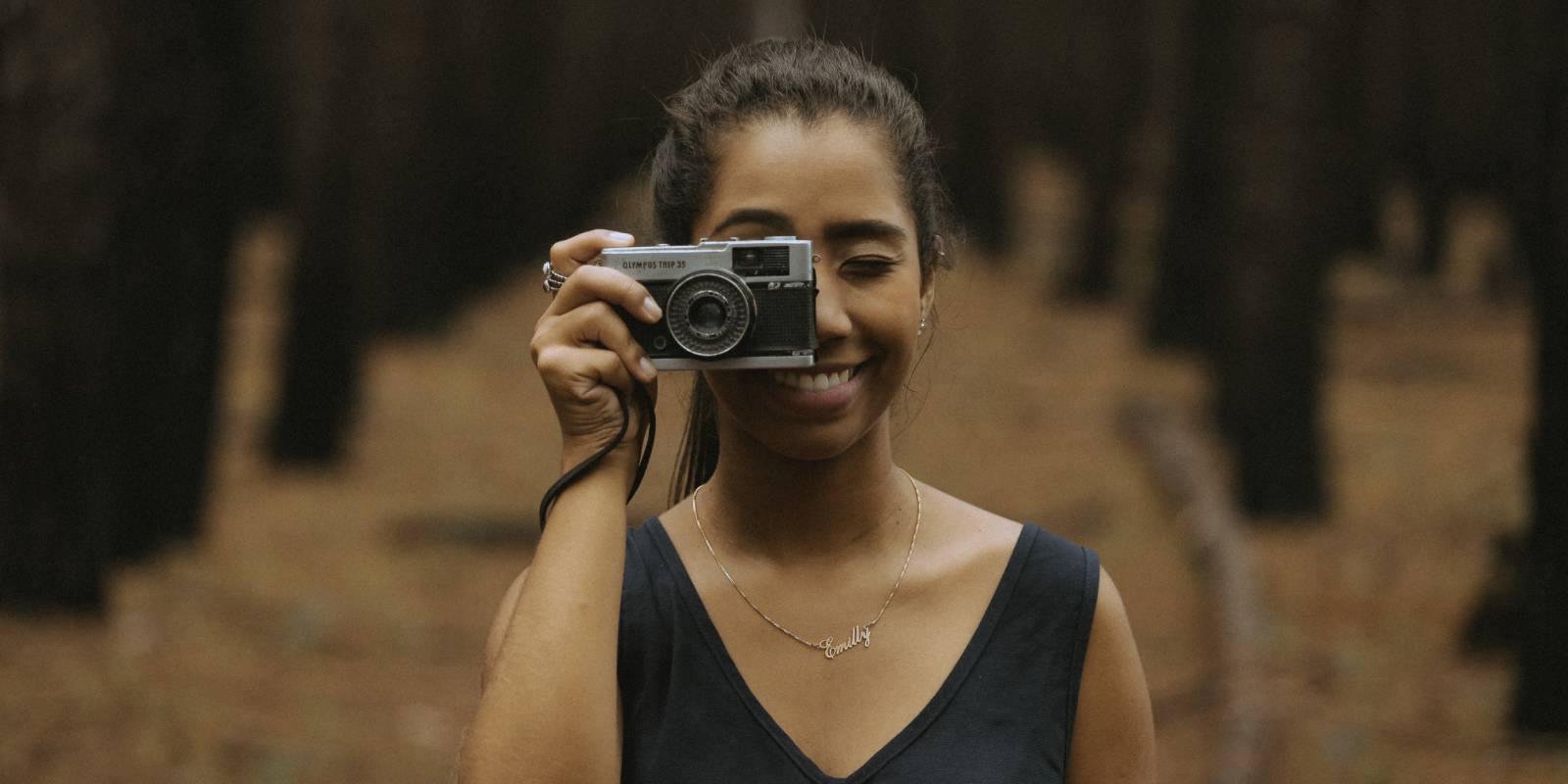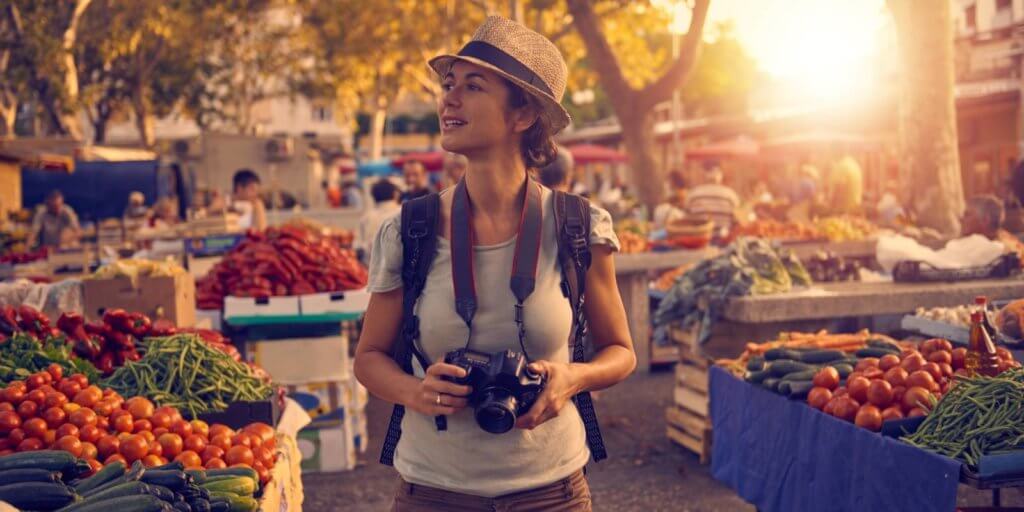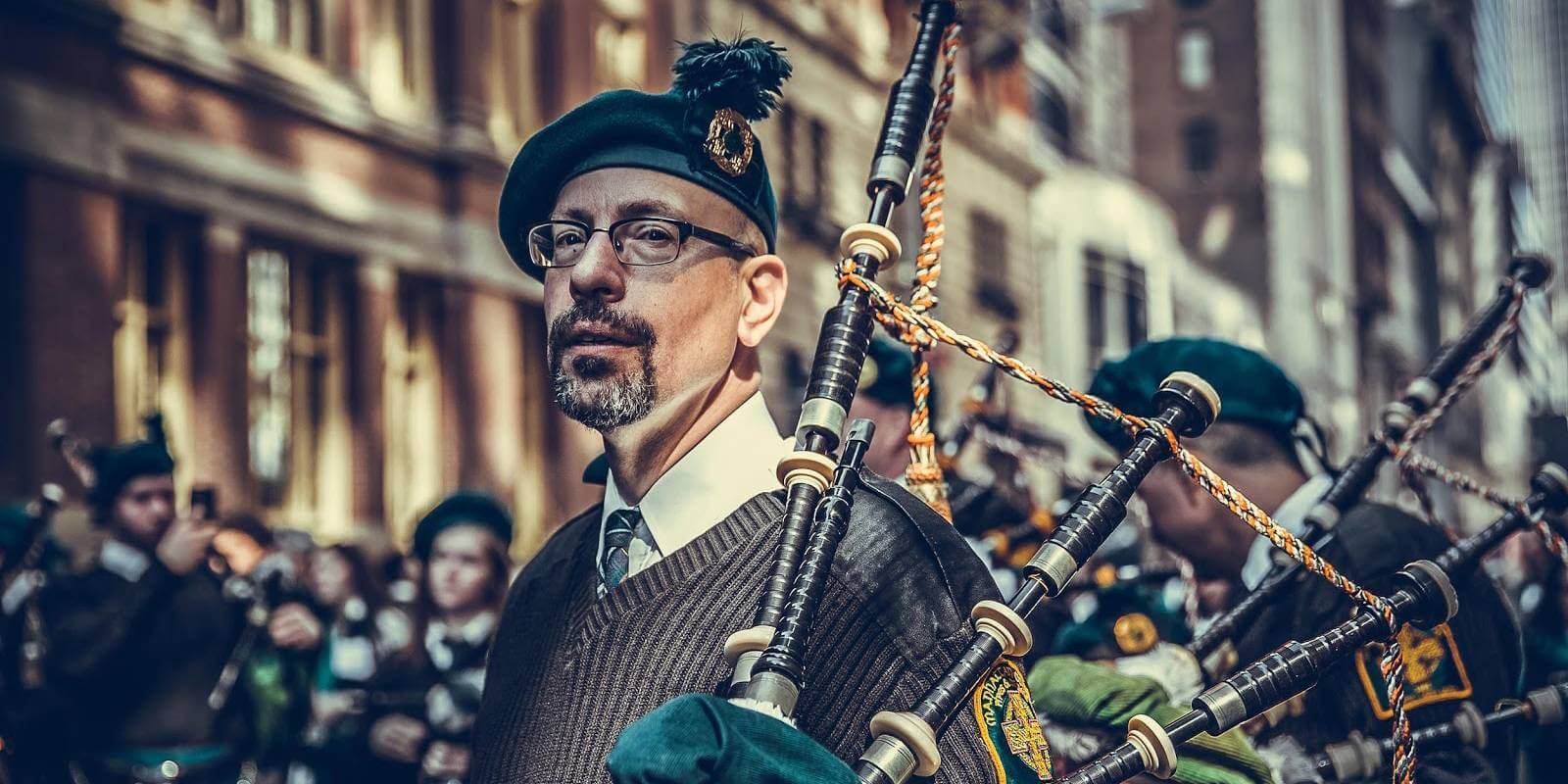Nixplay has partnered with The Photo Managers for the Save Your Photos initiative, a public service outreach campaign that teaches individuals how they can preserve life’s irreplaceable photos, videos, and documents in case of an unforeseen accident or disaster.
As a Certified Professional Photo Organizer, I get to see some pretty cool things. Family memories on print or film, long lost memories buried in a box or trunk, and huge smiles when a project all comes together. I love mystery and, often, that’s exactly what I face when working with a client. This crazy pandemic that we’ve been dealing with for 6 months has caused many folks to start digging through those old boxes and storage bins they have harbored for years.
So just what’s in there?
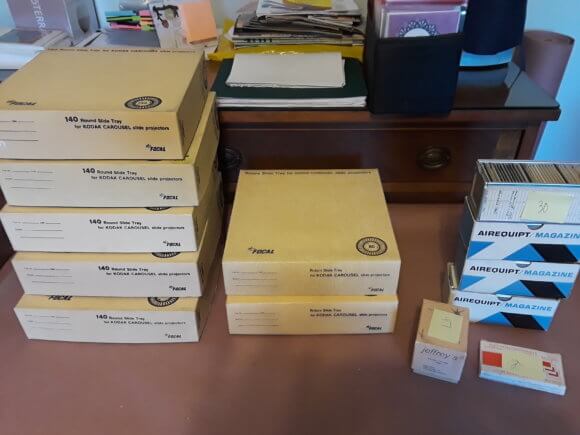
Many people are finding photos of their immediate family — fun 70’s bell bottoms, 80’s hairstyles, and the like. Others are uncovering the vintage photos they inherited from their parents or grandparents. They were always going to do something with those when they got them.
Role As A Photo Organizer
As a Photo Organizer, I’m able to coach or facilitate the process. Dealing with your own clutter can be overwhelming, so bringing in a neutral party will allow you some clarity to make decisions on what you can do with these newly discovered treasures.
I met with a client once who probably had 6 big plastic storage totes, several cardboard bank boxes, a scattered mix of flash drives and even some old floppy disks! As I started to empty the boxes, I found there was no rhyme or reason as to what’s in the box. There were loose photos, framed photos, VHS tapes, partial scrapbooks and photo albums. You name it. First thing I assured my client was that whatever I found, I would protect her privacy and would not share with the world any items I may find that might be considered “sketchy”. Think HIPAA that you sign at your doctor’s office.
We started making piles of “like stuff”. If we knew which side of the family or which person was the main focus, we even separated out to that level. I had piles all over the floor and chairs! We emptied the boxes and took those out of the room, at least temporarily.

The ABC’s of Photo Organizing
Once the tubs and boxes were empty, we started with one pile and proceeded to follow the ABC’s method that most professionals use — “A” stands for photos that would be ALBUM worthy. These are the ones you would want to showcase. “B” stands for BOX. These items may have a very cool story attached to them and there may be no other evidence of the event (remember we basically took photos blindly back in the day and hoped we got some good shots). These will be stored in archival safe boxes in case there is ever a need for these in the future. “C” are the photos that can be put in the CAN. The trash can, that is. Duplicates, blurry, no heads, etc. We all have them. Even some landscape photos – if there are no people in these. I can tell you Google has a much better photo than the one you took! Then finally, we have the “S” which stands for the STORY. You need to have people write down the story that expands on why the photo is so important. Videos and other media take a little more time because you need to figure out what is on them, get them converted to digital and store them on a device that will be usable in the next several years.

In fact, all of this takes time and effort. But the coolest thing is being able to watch a family gather around the table with the photos and memories and start sharing stories. This is a great time to have a paper and pencil handy, so you can write down the memories from everyone’s perspective. It also makes a great holiday activity when the family is all together, whether in person or via video conference. Share the photos and have a game of Guess Who. Look for family resemblances, check Uncle Harry’s cool car and his crazy plaid pants!
Enjoy the stories with a Nixplay Frame
One of the options I typically give my clients is to buy a Nixplay (or two). They can send many of the photos to the frame and give it as a gift for another family member. How fun it can be to have a recent memory pop up followed by someone generations earlier who have the same nose.
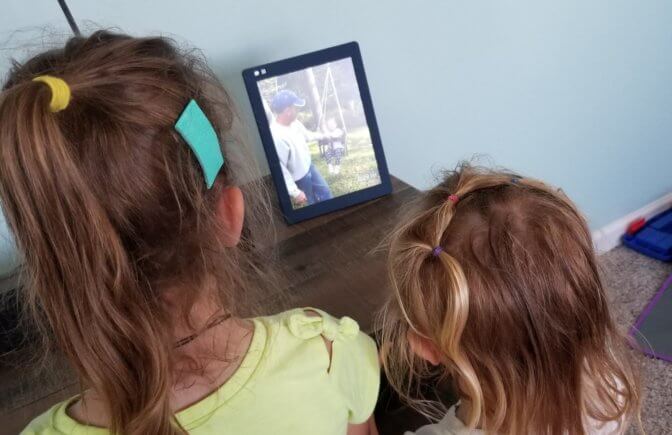
I love what I do and I take great pride in my work. So if you have that unopened box hidden away, let a professional photo organizer help you sift through the items and, perhaps, you will find hidden treasure.

Jodi is a certified professional photo manager in Indiana. She is also an educator and volunteer emergency medical technician. She understands the importance of human connection and the telling of stories through image and print. When she is not working on client projects, you can find her playing with grandkids and helping others to document their memories.


